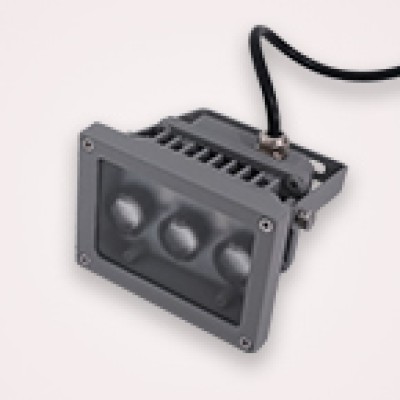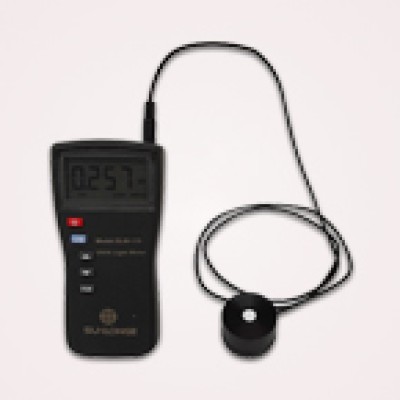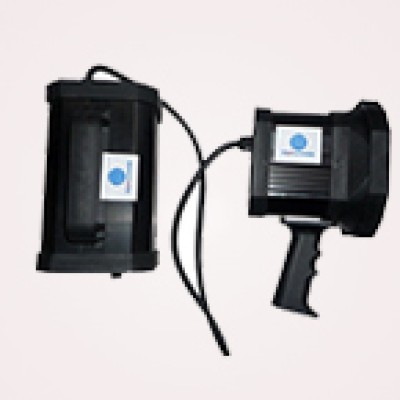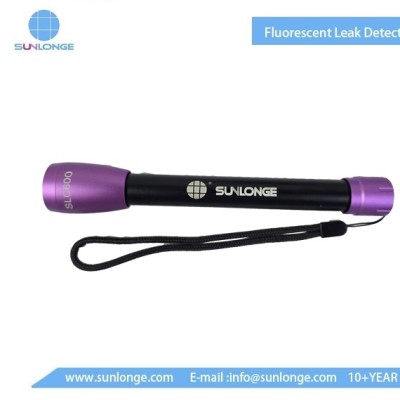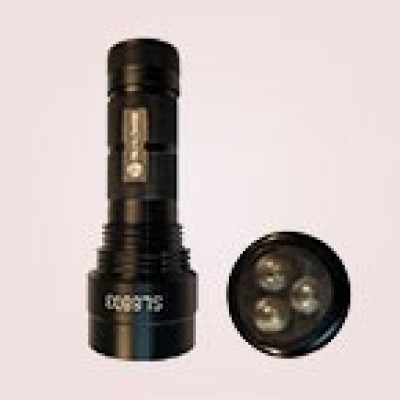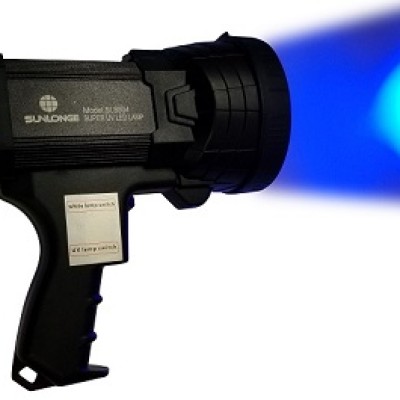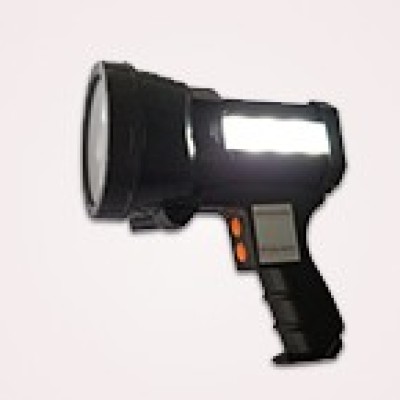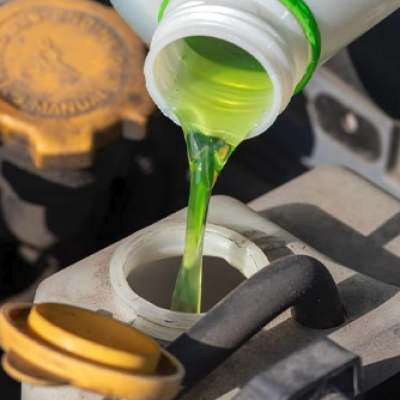Today, the current industry is eager to continuous development and implementation of good quality control procedures.
Quality and reliability, whatever the product, is critical. Rejects will cost time, money and have the potential to damage long term customer relationships. So quality checks must be right first time, every time.
The UV lamp fluorescent inspection processes are finding repidly increasing use and acceptance across many different industries, resulting in dramatically improved quality control.
Ultra Violet (UV) light represents a section of the overall electromagnetic spectrum of light, extending from the blue end of the visible (400nm) to the x-ray region (100nm). In the fluorescent inspection process, we usually talk about the UV-A (315nm-400nm), which is referred to as blacklight. It is the longest wavelength region and lowest energy. The UV-A is utilized by most UV lamp fluorescent inspection processes.
The use of UV lamp fluorescent inspection processes for quality control are mainly include the NDT crack inspection, detection of fluid leaks and so on.

Non-destructive testing (NDT) for the detection of cracks.
This is perhaps the most widely used application of UV lamp fluorescent inspection. This process relies on highlighting defects by UV fluorescent magnetic particles or dye penetrants. These can be hairline cracks for example in aircraft landing gear, automotive steering systems and many other critical components upon which our lives may depend.
This process offers greater sensitivity in comparison to alternative color contrast methods. And the results is easier, more rapid inspection.The inspectors just need to seek the visual image of the defect or discontinuity. The result is an increased probability of detection of defects.
This process is most widely used in the aerospace industry, where care must be taken when selecting and operating UV blacklights to ensure absolute conformance to all relevant standards. These relate to minimum levels of UV-A light irradiance and maximum permissible visible light levels.

Fluid system fluorescent leak detection.
Similar to the NDT crack inspection process, the fluorescent leak detection also relies on color contrast qualification and offers similar sensitivity improvements. The UV fluorescent leak detection dye is mixed with the fluid system in question, including water, oils, fuels, coolants and refrigerants. The equipment is operated as normal to allow the fluorescent UV dye to circulate throughout. Then, by inspection under UV blacklight of all external surfaces, pipework, joints, coils etc, any leak will be detected and located as a bright fluorescent glow.
As for the leading manufacturer of UV lamp for fluorescent inspection process, Sunlonge is providing full set of series items for the selection of different customers. We will be definitely offer more reliable products for all our customers all over the world.
 CN
CN

